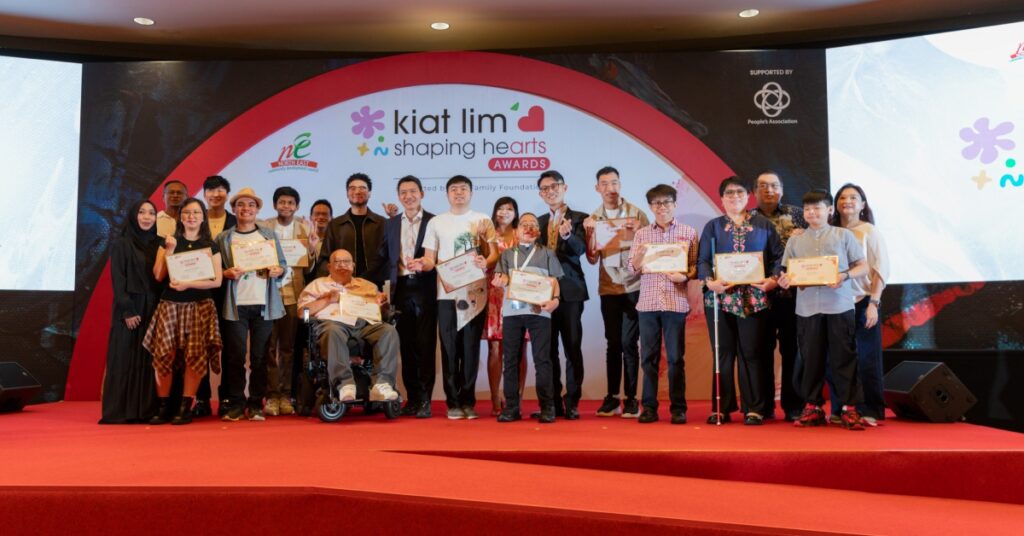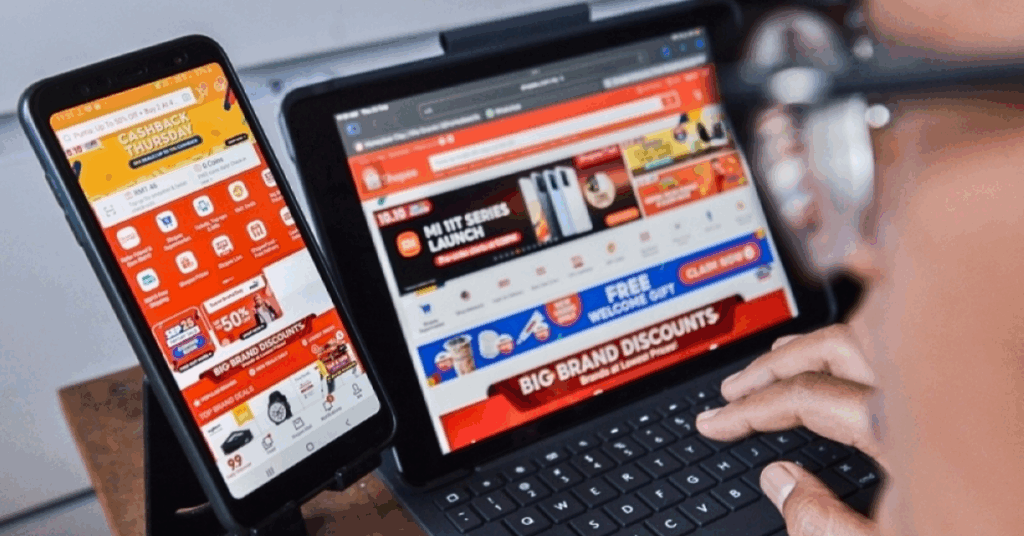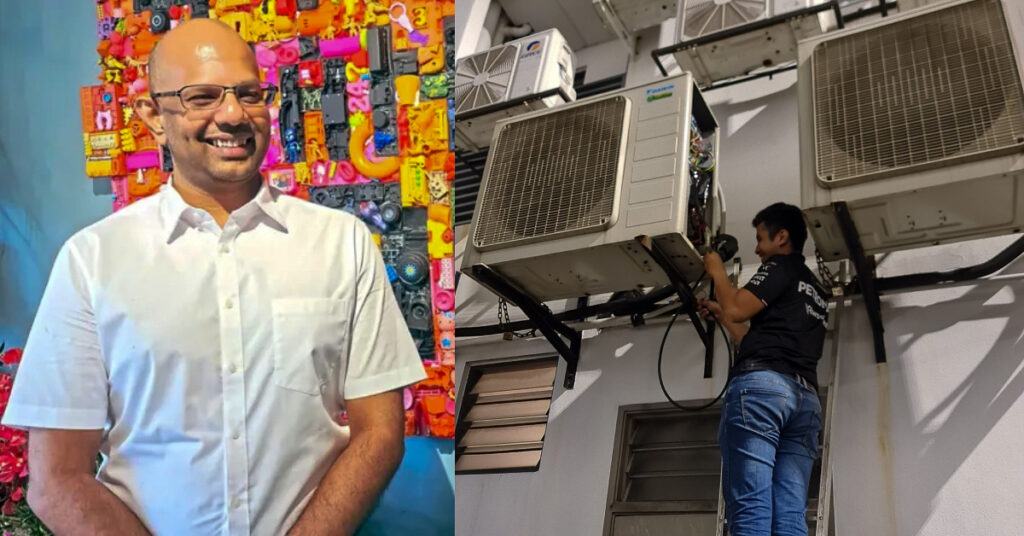The Malaysian Vape Chamber of Commerce (MVCC) estimates that the vaping market is worth RM2 billion. Despite being such a big market, vaping poses a question that few people have the answers to.
“How safe is vaping?”
Vaping is still known as the new kid on the block with unknown long-term side effects.
But, many government health bodies in the UK, Canada and New Zealand have acknowledged that vaping is less harmful compared to smoking. They are also actively trying to help their citizens quit smoking by recommending that they switch to vaping instead.
Of course, the safest choice is not to smoke or vape. But for many smokers, going cold turkey can be extremely challenging. This is what many health authorities recognise.
Just last year, an outbreak hit the US, hospitalising nearly 2,800 people for a vaping-related illness.
The culprit? Vitamin E acetate and tetrahydrocannabinol, or THC, was found in counterfeit e-juice. Usually, Vitamin E doesn’t cause harm when ingested as a supplement or applied on the skin. But according to the United States CDC, it interferes with normal lung functions when it is inhaled.
Legit e-juice manufacturers perform rigorous testing and quality checking on their e-liquids to make sure there’s no Vitamin E acetate.
Note: E-juices are juices used in vaping to create vapours. An e-juice can have different flavours.
However, health issues are not the only concerns present in counterfeit vaping products.
1. Safety and Reliability
I’m sure you’ve heard of vape devices exploding.
While that could happen, the chances of it exploding are extremely low, if you’re using an authentic and regulated device.
A counterfeit vape device is prone to overheating and short-circuiting due to the non-existent QC process. And for those using pod systems, a counterfeit pod might not fit snugly on your device and they often leak.
Which is why RELX, one of the top international e-cigarette brands touts an 18-step quality control process. The company also spent about RM72 million alone in R&D to build more reliable products for their customers.

2. Health Risks
When it comes to counterfeit juices/pods, one of the major issues is the potential health risks that it poses. For regulated juices, they go through a stringent quality check to make sure there are no contaminants in them.
Counterfeit juices might contain contaminants such as pesticides, or have a different nicotine level than advertised as well as having ingredients that are not safe for human consumption.
Even if counterfeit juices are made with the exact ingredients, they might be made in an unsuitable environment that might contain contaminants when mixing the juices.
RELX actually took counterfeit pods to their test lab to determine its contents. They found that compared to their authentic pods, some of them contain exceedingly high levels of Toluene, which is a harmful substance found in paint and nail varnish.
3. Lack Of Accountability
Counterfeit products can’t be traced to where they’re made.
To crack down on counterfeit products, RELX’s Golden Shield Program works together with local authorities to raid factories and confiscate counterfeit products.
Thus far, the company has aided the authorities in at least 26 cases, leading to the seizure of products worth a whopping RM3 million.

The company said that these counterfeit products were bound for the Philippines, Indonesia and Malaysia. By raiding these factories, RELX is effectively nipping the problem in the bud before it even lands in the hands of potential customers.
Like many other e-cigarette brands, RELX adopted verification codes for their authentic products. Customers can now verify that their purchases are the real thing, so if there are any issues, they know that they can rely on the quality assurances of RELX for full accountability.
Note: Fake QR codes are a thing too, and it’ll lead you to a fake site to show you that your counterfeit product is ‘authentic’. So, make sure the landing page the QR codes leads you to is the official website by checking the URL.
4. A Different Experience
Most smokers want to stop smoking but they’re addicted to the entire experience. Other solutions such as nicotine gums or nicotine patches do help (depending on individuals) but they do not have the same feel as putting a cigarette in your mouth.
This is why some e-cigarettes are made to emulate the feel of physically smoking.
But if you’re trying to stop smoking and your first experience with vaping is a counterfeit RM30 pod device, you might have a bad first impression of vaping.
As a counterfeit device is not made with the same standards and it could have different telltale signs—a pod that’s not fitted snugly, engraving that’s not present on official devices and the e-juice might be of different colour too.
The Woman Behind RELX
RELX Technology was founded back in 2018 and in two years, they’ve developed over 7 products from their own factory and R&D lab located in China.
They are also the first e-cigarette brand to own a CNAS-standard lab and their products are made using high-quality food ingredients. RELX also adopted the voluntary French AFNOR XP D90-300-3 certification to demonstrate its commitment to the highest level of product quality.
Kate Wang, the CEO and founder of RELX created RELX out of the concern of her father’s deteriorating health due to smoking for 40 years. She wanted to create products that give people a better alternative than just cigarettes, and that’s the company motto.

“We think we provide a better path forward for them [the adult smokers] in terms of our ability to innovate and push the creativity of what is possible in the industry. RELX is a global company, so we go beyond nationality, and social status when we think about our customers.”
Kate Wang, CEO and founder of RELX during their launch of RELX Infinity
While no one is encouraging you to smoke or vape, if you’re choosing that habit as part of your lifestyle, it makes sense to at the very least be wise and not use counterfeit products.
To learn more about the differences between RELX and counterfeit products, check out our video on them below:
Featured Image Credit: Wildan Zainul Faki from Pexels / ZacharyTan from Unsplash













